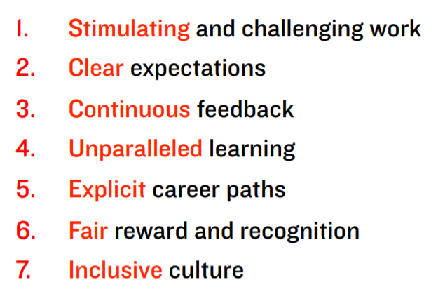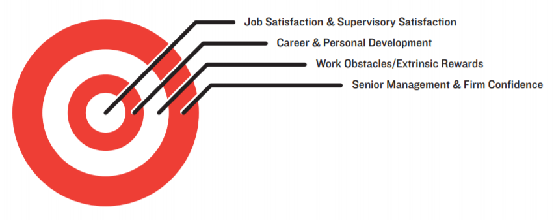Staying Focused During Summer: Five Tips for Managers and Employees

Summer brings warmer weather, longer days, and the temptation to slack off. But in the business world, maintaining productivity is crucial year-round. Here are five practical tips to help both managers and employees stay focused during the summer months:
1. Set Clear Goals and Deadlines
Establishing clear goals and deadlines can keep everyone on track. Managers should break down larger projects into manageable tasks with specific deadlines. Employees, on the other hand, should prioritize their to-do lists and set personal milestones. This approach not only provides structure but also creates a sense of accomplishment as tasks are completed.
2. Encourage a Flexible Work Schedule
Flexibility can be a powerful motivator. Allowing employees to adjust their work hours or work remotely can boost morale and productivity. Managers should focus on output rather than hours worked, while employees should take advantage of flexible schedules to balance work and personal activities. This can lead to more efficient work patterns and increased job satisfaction.
3. Promote Wellness and Breaks
Promoting wellness is essential for maintaining focus. Encourage employees to take regular breaks, stay hydrated, and get some fresh air. Managers can organize team wellness activities, such as short walking meetings or outdoor team-building exercises. Employees should also make time for physical activities and relaxation to recharge their energy and focus.
4. Utilize Technology for Efficiency
Leveraging technology can streamline work processes and improve efficiency. Tools like project management software, collaboration platforms, and time-tracking apps can help keep everyone organized and on task. Managers should ensure that their teams are equipped with the right tools and training, while employees should explore new technologies that can enhance their productivity.
5. Foster a Positive Work Environment
A positive work environment can significantly impact focus and productivity. Managers should recognize and celebrate achievements, provide constructive feedback, and maintain open communication channels. Employees should engage in team activities, support their colleagues, and contribute to a collaborative atmosphere. A positive environment can help maintain high energy levels and keep everyone motivated.
By implementing these strategies, both managers and employees can stay focused and productive throughout the summer months, ensuring that business goals are met and everyone remains engaged.

